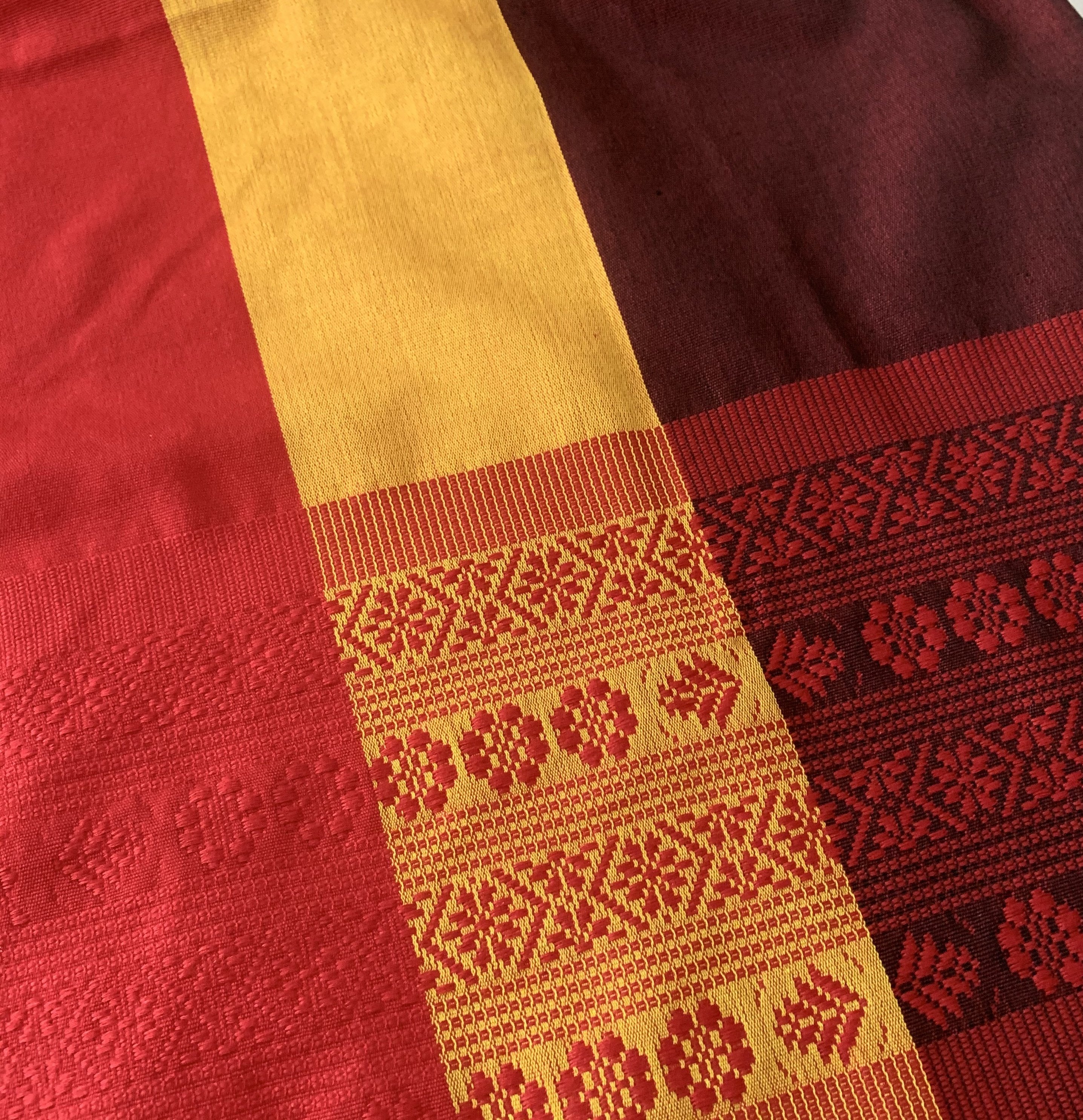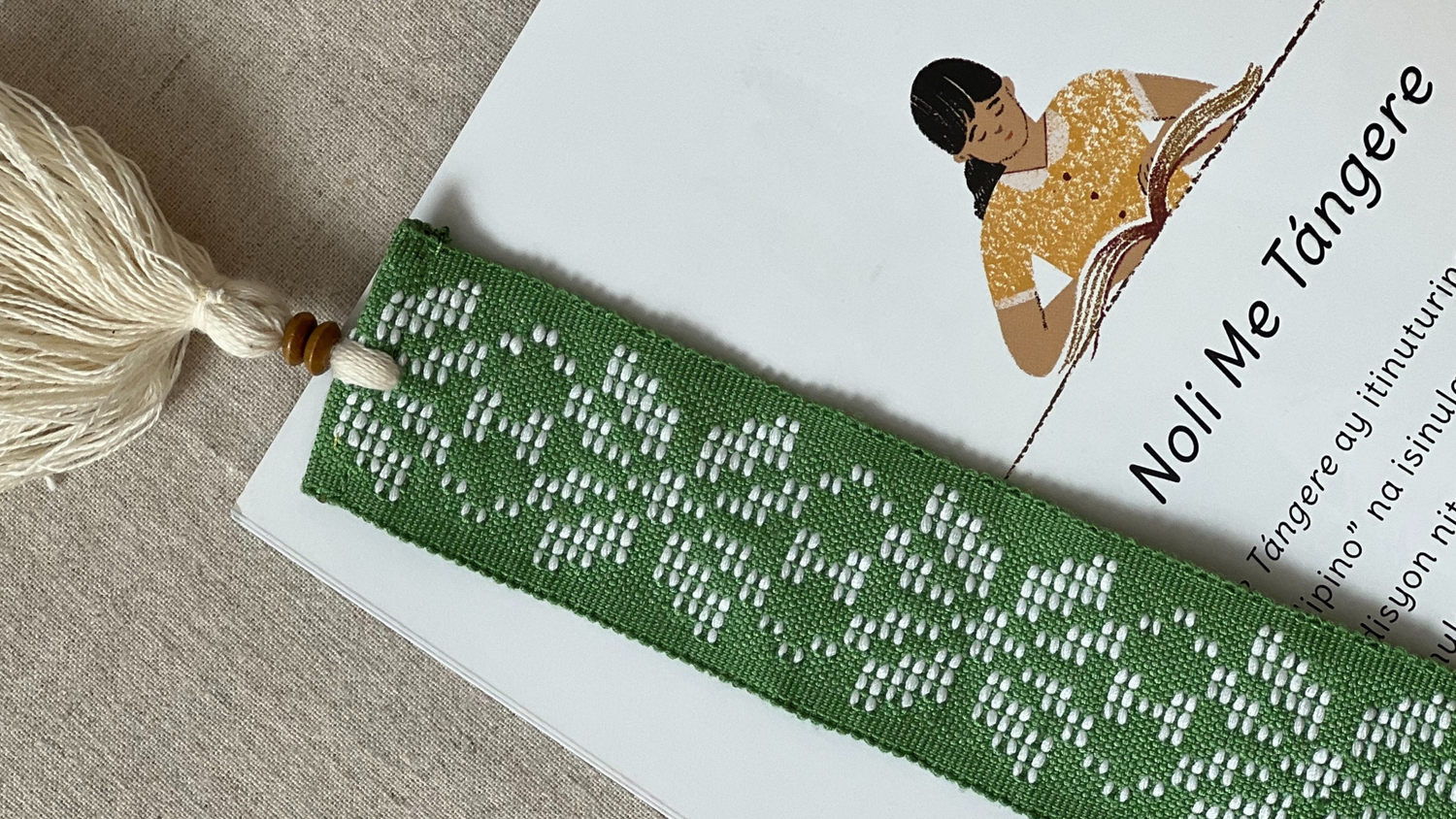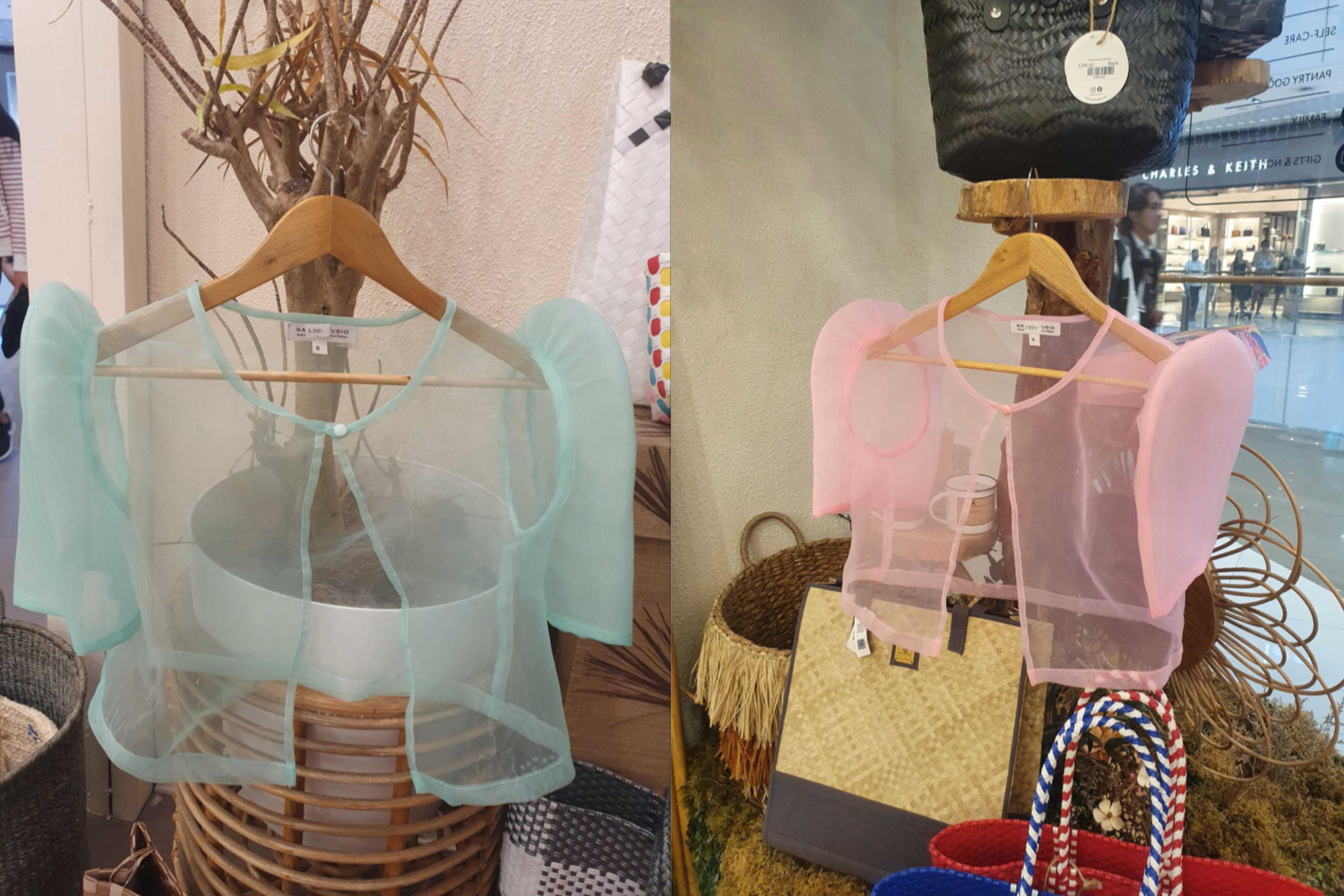The inabel is one of the many prides of the Ilocos region in the Philippines. “Abel” is the Ilocano word for weave, and “inabel” can be interpreted to mean any kind of woven fabric. In the world of weaving however, inabel is particularly used to refer to textile that is distinctly Ilocano in origin. We are proud to offer these inabel wovens from Laoag weavers in Ilocos.
Inabel fabric is made of cotton and may be plain or patterned. The abel cloth is well known and much loved for its softness, beautiful designs, and strength.
Ilocos weavers use hardwood pedal looms, employing different design techniques. The binakul pattern, a dizzying pattern, is meant to ward off and distract evil spirits, protecting the wearer. Other patterns include the multi-heddle design technique, the pinilian or brocade weave, the suk-suk or discontinuous supplementary weft technique, and the ikat tie-dye technique. Each province has its own distinct design style. As with other forms of handweaving in the country, the process of creating inabel is intricate and labor-intensive. Popular patterns include cat's paws, fans, stars, and windows.

Inabel weaver. Photo courtesy of Museo Ilocos Norte. The vertical warp yarn is called gan-ay and the horizontal weft yarn is called pakan.
The traditional process of weaving abel cloth begins with preparing the cotton, from picking cotton balls, removing seeds, pounding or beating, twisting using a spindle, and winding the cotton yarn into the skeiner. The skeined yarn is then brushed to make it glossy and durable before it is wound to a bamboo spool.
Once the yarn is ready, it’s time to prepare the loom.
The weaver winds the spool yarn into the warping reel. The warp yarn is then wound into the warp beam rod. Next comes heddling, in which the warp yarn is inserted through the eye of the heddle using a weaving hook. After that, the weaver inserts the warp yarn through the spaces of the reed and “dresses” the loom by tying the heddles behind the beater. Only then can agabel, or weaving, commence.
Plain weaves are the most commonly produced inabel, and these are used for everything from hand towels and placemats to blankets and dress material. In Ilocos, it is not uncommon for inabel to be used as material for everyday household items such as curtains, tablecloths, bath towels, table runners, bed linen, bags, and even mosquito nets.
The younger generation of Ilocanos are being encouraged to keep the tradition of inabel alive. In the town of Pinili in Ilocos Norte, the local government has been offering basic weaving courses to all interested individuals since 2018. The lessons are presided over by Magdalena Gamayo, one of the country’s National Living Treasures.
Gamayo was awarded the “Gawad Manlilikha ng Bayan” by the National Commision for Culture and the Arts in 2012 for her mastery in abel weaving. The award is the highest honor given to craftsmen, artisans, folk artists, and culture-bearers.

National Living Treasure Magdalena Gamayo at her loom with inabel behind her.
Photo Credits:
Photos courtesy of Kultura Production documentary “Traditional Weaving in the Philippines - Ilocos Region” available to watch here: https://www.youtube.com/watch?v=nmwHmYU5b0c
Additional Reading:
https://www.vigan.ph/arts-and-crafts/abel-weaving-vigan-traditional-crafts.html







